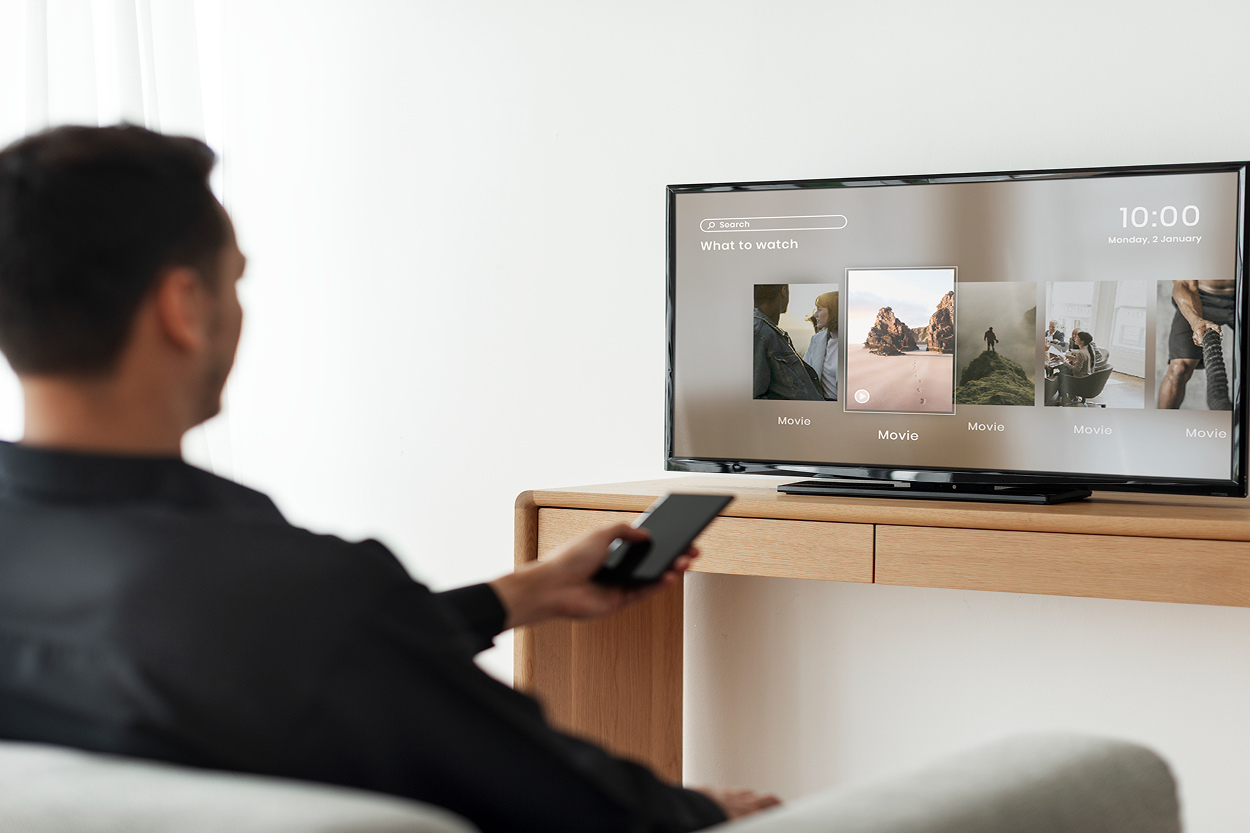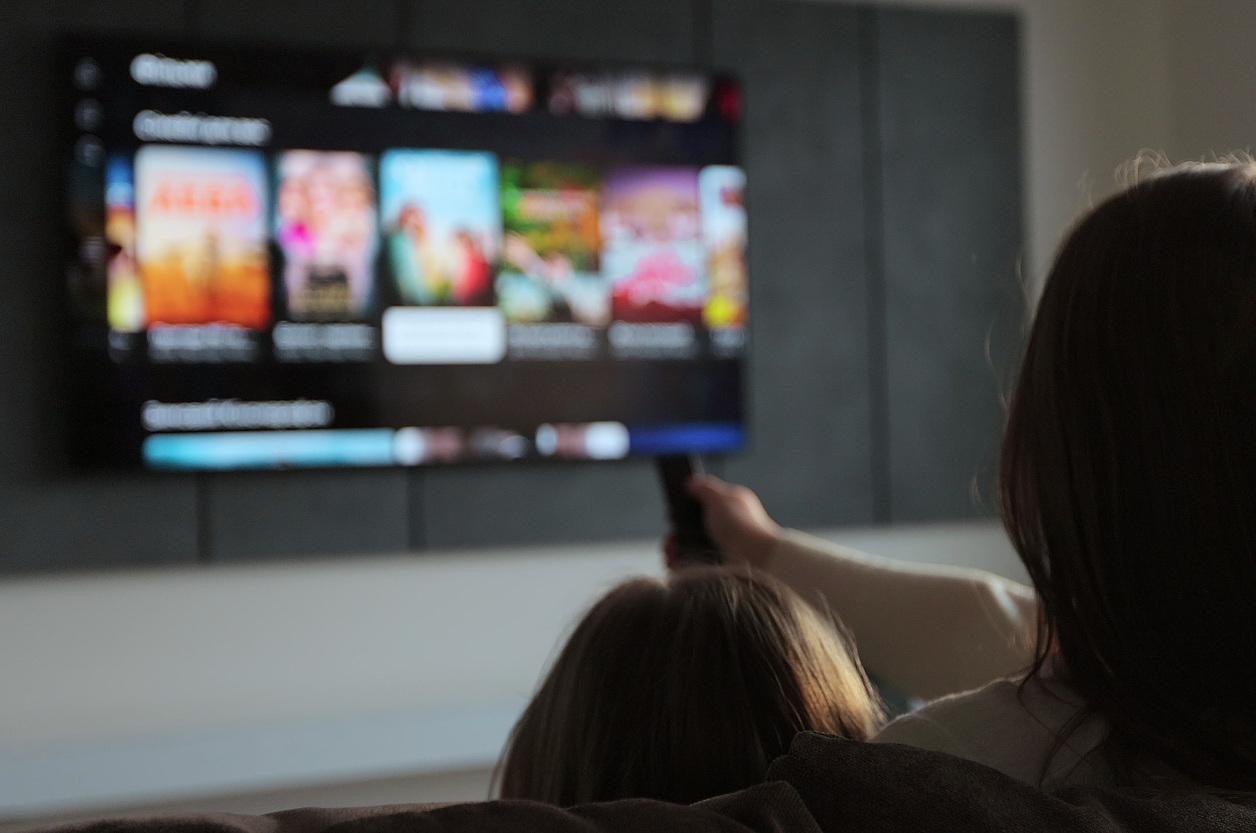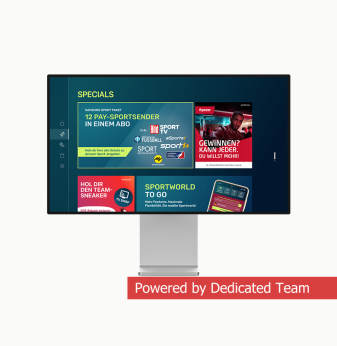Why UX Is Critical in TV Interfaces — And How to Test It Right

In the age of smart TVs, set-top boxes, and media hubs, user expectations have shifted dramatically. Today, it's not just about delivering content—it's about how seamlessly users can find, navigate, and enjoy that content. That’s where user experience (UX) becomes a core success factor.
This article dives deep into why UX is critical for TV interfaces, especially on platforms like Android TV, Tizen, and WebOS. We'll also explore methods to design, validate, and continuously improve UX through testing techniques tailored for the broadcasting and ProAV industries.
Why UX Matters More Than Ever in TV Interfaces
TV interfaces were once basic menus operated by infrared remotes. But today’s users demand:
- Smooth navigation with minimal latency
- Intuitive menu structures
- Voice search and recommendation systems
- High accessibility and responsive UI
Poor UX leads to viewer frustration, churn, and lower platform stickiness. A smart TV with a powerful chipset and wide content library can still fail if the interface feels clunky or unintuitive.
Key UX Goals for Modern TV Interfaces
- Ease of use: Quick onboarding, familiar navigation patterns, and intuitive layout
- Personalization: Smart suggestions and remembered preferences
- Performance: Minimal lag, fast response to remote inputs
- Visual clarity: Readable fonts, clear color contrast, and clean layouts for various viewing distances
Platform-Specific UX Considerations
Each smart TV OS has its own design guidelines and user expectations:
Android TV
- Emphasis on voice search and Google Assistant integration
- Content-focused layout with rows and carousels
- Customization of the Leanback Launcher
Tizen (Samsung)
- Support for multi-tasking with a minimalistic app bar
- Extensive use of animations and visual feedback
- Strong developer tools for profiling and UX tuning
WebOS (LG)
- Horizontal "launch bar" UI with cards
- Smooth transitions between apps
- Magic Remote support for cursor-based interaction
UX needs to be tailored to each platform’s strengths, constraints, and input methods (e.g., voice, pointer, remote control).
Common UX Pain Points in TV Interfaces
- Too many clicks to reach key content
- Unclear hierarchy of menus and options
- Inconsistent behavior across screens
- Slow transitions or loading states
- Lack of feedback on user actions
These issues can be addressed through a combination of design iteration and targeted testing.
UX Testing Methodologies for TV Interfaces
Testing UX on TV platforms comes with unique challenges: varying remote controls, hardware performance, and screen sizes. Here are the most effective methodologies:
1. Usability Testing with Real Users
Recruit participants to complete tasks using the interface on actual TVs or emulators. Key metrics:
- Task completion time
- Error rate
- User satisfaction (via SUS or NPS)
2. Remote UX Testing
With tools like Lookback or UserTesting, you can observe how users interact with your interface remotely. This is especially useful for geographically distributed audiences.
3. Heuristic Evaluation
UX experts review the interface against established principles (e.g., Nielsen's heuristics). This helps spot design flaws early.
4. Eye-Tracking and Heatmaps
Analyzing where users look and how they navigate menus gives insights into layout efficiency and areas of confusion.
5. Performance Profiling
TV UX is tightly linked to rendering and input latency. Tools like Android Studio Profiler or Samsung Tizen Emulator help pinpoint performance bottlenecks.
6. A/B Testing
Deploy different interface variations to small audience segments and measure engagement, retention, and satisfaction.

Accessibility and UX Testing
TV interfaces must support users with visual, auditory, and motor impairments. Accessibility testing includes:
- Verifying screen reader support
- Testing color contrast and text scalability
- Ensuring focus indicators and remote navigation are usable
Continuous Improvement with Analytics
Use telemetry to track how users interact with your app:
- Which features are used most?
- Where do users drop off?
- What input methods are preferred?
Data-driven UX improvements can then be validated through iterative testing.
Why Partner with Promwad for TV UX Design
At Promwad, we specialize in embedded UX and smart TV development. Our cross-disciplinary team brings:
- Experience with Android TV, Tizen, and WebOS platforms
- Custom design systems and white-label UI solutions
- Hardware/software co-design for optimized performance
- Expertise in UX testing and usability research
We support our clients from early concept validation through deployment and post-launch improvement.
A great content offering isn’t enough. In the battle for viewer attention, UX is the differentiator.
Let’s create smart TV interfaces your users will love.
Our Case Studies in UX





